There are several reasons why you may want to hardwire a wireless security camera. One of the main benefits is that it provides a more reliable and stable connection compared to relying solely on a wireless signal. By hardwiring your camera, you can ensure that there are no interruptions in the feed, which is especially important for security purposes.
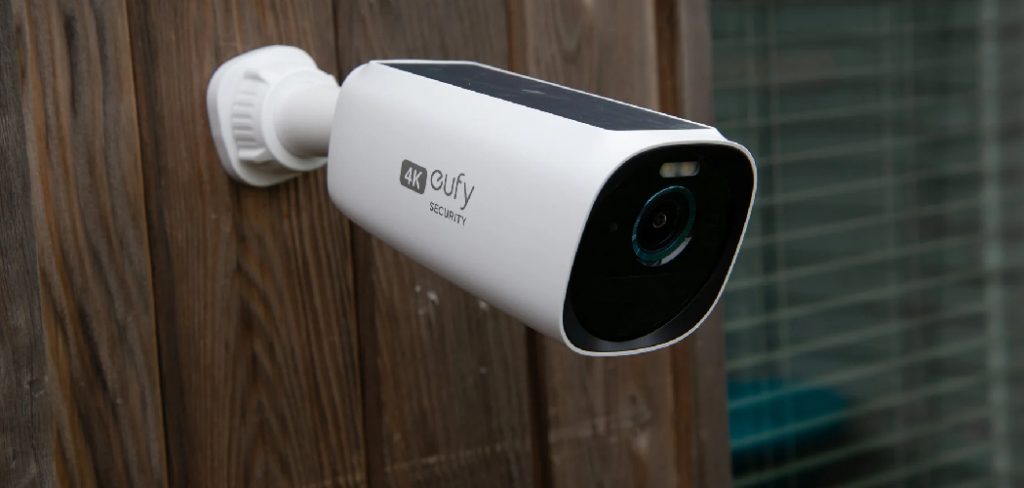
The main advantage of hardwiring a wireless security camera is the increased reliability and stability of the connection. This means that you can always count on a clear and uninterrupted feed from your camera, even if there are potential obstacles or interference in the area. You can find step-by-step instructions on how to hardwire a wireless security camera in this blog article.
Step-by-step Instructions for How to Hardwire a Wireless Security Camera
Step 1: Inspect the Camera
First, inspect the wireless security camera for any damages or defects. Check if all of its components are in good condition and ensure that it has all the necessary parts.
Step 2: Find a Suitable Location
Next, find an appropriate location where you will install your wireless security camera. This could be indoors or outdoors depending on your needs. Make sure that there is a power outlet nearby for the camera.
Step 3: Install the Bracket
After finding a suitable location, install the bracket where you will attach your wireless security camera. Use your screws and a drill to secure the bracket in place. Once the bracket is securely installed, mount your wireless security camera onto it. Make sure that it is securely attached to the bracket and that it is facing the desired direction.
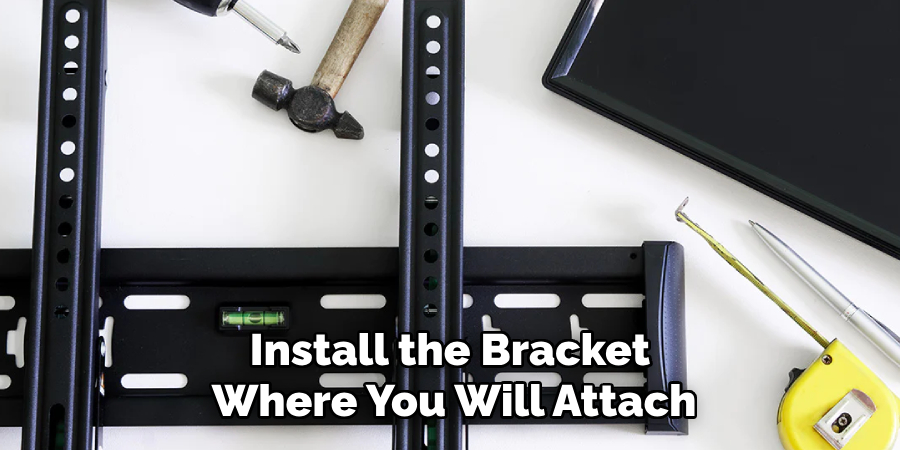
Step 4: Connect the Wires
Now, you will need to hardwire your wireless security camera by connecting the wires to a power source. If you are unsure about how to do this, refer to the manufacturer’s instructions or consult a professional.
Next, you will need to set up your camera’s network so that it can connect to your Wi-Fi network or a designated server. Follow the instructions provided by the manufacturer for this step.
Step 5: Configure Your Camera’s Settings
After setting up the network, you will need to configure your camera’s settings according to your preferences. This may include adjusting the resolution, motion detection sensitivity, and other features. Before finalizing the installation, it is important to test the camera’s functionality. Check if it is capturing clear images and videos, and make sure that all of its features are working properly.
Step 6: Secure the Wires
Once everything is tested and confirmed to be working correctly, secure the wires in place to prevent any tampering or damage.
Finally, after successfully hardwiring your wireless security camera, make sure to regularly monitor and maintain it. This includes checking for any technical issues, replacing batteries if necessary, and keeping the area around the camera clean for optimal performance.
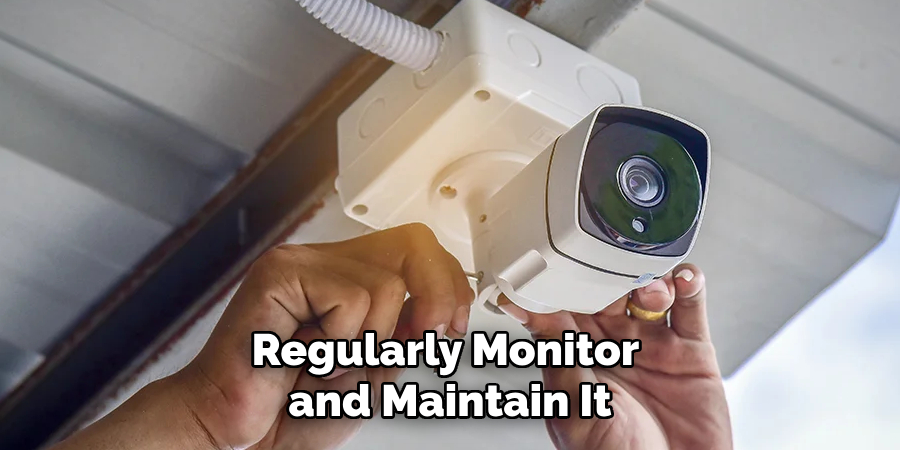
Safety Tips for How to Hardwire a Wireless Security Camera
- Before beginning the hardwiring process, make sure you have a clear idea of where you want to install your wireless security camera and how you will route the wires. Having a plan in place will help ensure a smooth and safe installation process.
- It’s important to turn off all power sources before attempting to hardwire a wireless security camera. This includes both the power source for your camera and any other nearby electrical outlets or switches.
- Wear protective gear, such as safety glasses and gloves, when handling wires during the hardwiring process. This will help prevent injuries from sharp edges or accidental shocks.
- Always use proper tools and equipment when working with wires. This includes wire strippers, pliers, and screwdrivers. Using the wrong tools can lead to damage to your wires or improper connections.
- Double check all wiring connections before turning the power back on. Loose or incorrect connections can cause malfunctions or even fire hazards.
- Consider consulting a professional electrician if you are unfamiliar with electrical work or have any doubts about your ability to safely hardwire your wireless security camera.
- If you are installing your wireless security camera outdoors, make sure all wires and connections are properly weatherproofed to prevent damage from the elements. This includes using waterproof connectors and sealing any openings in the wall or roof where the wires will be routed.
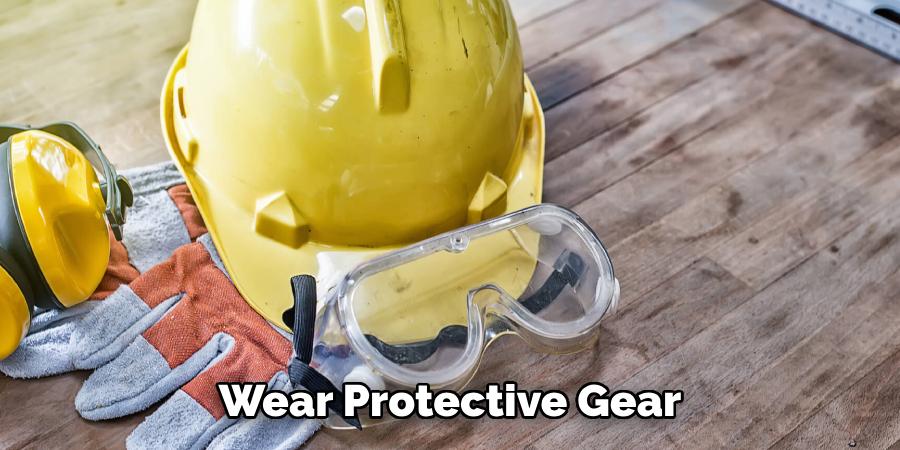
These safety tips are important to keep in mind when hardwiring a wireless security camera to ensure a safe and successful installation process. By following these precautions, you can protect yourself and your property while also ensuring that your wireless security camera is properly installed for maximum effectiveness.
Are There Any Potential Risks or Drawbacks to Hardwiring a Wireless Security Camera?
Wireless security cameras have become increasingly popular in recent years due to the ease of installation and flexibility they offer. However, there are some potential risks or drawbacks to consider when hardwiring a wireless security camera.
One of the main concerns is the possibility of interference from other electronic devices, such as Wi-Fi routers or cordless phones. This can cause disruptions in the signal and impact the quality of the footage being recorded. To avoid this issue, it is important to choose a wireless security camera that operates on a different frequency than your other devices.
Another possible risk is the vulnerability of wireless signals to hacking. While most modern cameras come with secure encryption methods, they are not foolproof and can still be hacked by someone determined enough. For added protection, it is recommended to use a virtual private network (VPN) when accessing your camera remotely.
What Are Some Common Troubleshooting Techniques for Issues Related to Hardwiring a Wireless Security Camera?
There are a few common troubleshooting techniques that can be used to resolve issues related to hardwiring a wireless security camera. In this section, we will discuss some of these techniques and how they can help you troubleshoot your camera setup.
1. Check the Power Supply
One of the most common issues with hardwired cameras is a faulty power supply. Make sure that the power supply is properly connected and functioning. If the camera is not receiving enough power, it may cause connectivity issues or even stop working altogether.
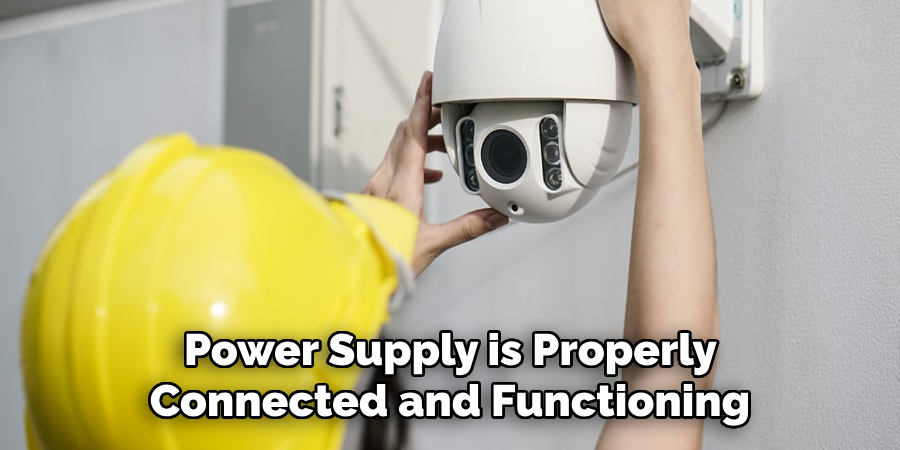
2. Test the Cables
Another common issue with hardwired cameras is damaged or faulty cables. Check all of the cables connecting the camera to other devices such as the power supply and DVR. Look for any signs of damage or wear and tear. If you find any issues, replace the cables with new ones.
3. Restart the Camera and Devices
Sometimes, simply restarting the camera and other devices can resolve connectivity issues. Turn off the camera, disconnect it from power, wait a few minutes, and then reconnect everything back together. This can reset any temporary errors or glitches that may be causing problems.
4. Check the Network Settings
If your camera is connected to a network, make sure that the network settings are properly configured. Check if the camera has been assigned a static IP address and if it is within the same subnet as other devices on the network.
5. Reboot the Router
If your camera is experiencing connectivity issues with a wireless network, try rebooting the router. This can sometimes resolve issues with the network connection and allow the camera to reconnect.
6. Update Firmware
It is important to keep your camera’s firmware up-to-date as it can fix bugs and improve performance. Check for any available updates and follow the instructions provided by the manufacturer to update the firmware.
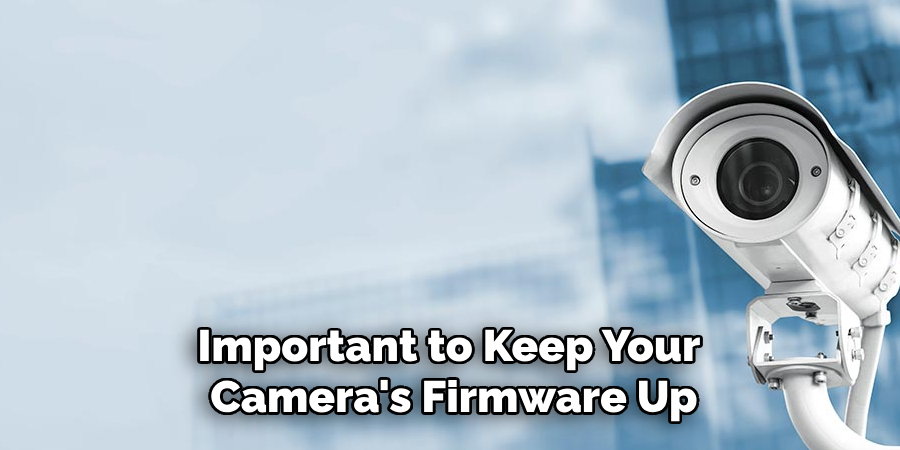
7. Reset the Camera
If none of the above techniques work, you may need to reset the camera to its factory settings. This will erase all previous configurations and settings, so make sure to have a backup of your settings before resetting. Follow the instructions provided by the manufacturer to perform a reset.
In addition to these troubleshooting techniques, it is also important to regularly maintain your hardwired wireless security cameras. Check for any physical damages, clean the lenses, and ensure that they are properly mounted and positioned.
Can You Hire a Professional to Help You With the Process of Hardwiring Your Wireless Security Camera?
Yes, you can definitely hire a professional to assist you with hardwiring your wireless security camera. In fact, it is highly recommended that you seek the help of an expert for this particular task. The process of hardwiring a wireless security camera can be complex and requires specialized knowledge and skills. It involves dealing with electrical wiring and making sure that everything is properly connected and functioning correctly.
A professional installer will have the necessary expertise and experience to ensure that your wireless security camera is installed correctly and safely. They will also be able to provide you with valuable advice on where to place your camera for optimal coverage and security.
Moreover, hiring a professional can save you time and effort. Instead of spending hours trying to figure out how to hardwire your camera, a professional can complete the job efficiently and effectively.
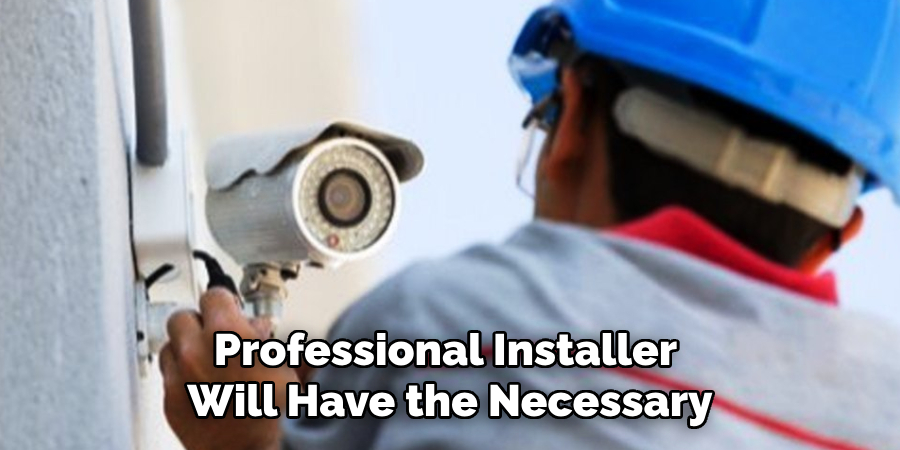
What Are the Potential Benefits or Drawbacks of Using a Hardwired Vs. Battery-powered Wireless Security Camera?
There are several benefits and drawbacks to consider when choosing between a hardwired or battery-powered wireless security camera. Here are some key points to keep in mind:
Benefits of Hardwired Wireless Security Cameras
- Reliable power source: Unlike battery-powered cameras that need frequent charging, hardwired cameras are powered by a constant electrical supply, ensuring uninterrupted surveillance.
- Better quality footage: Hardwired cameras typically have higher resolution and better image quality compared to battery-powered cameras. This is because they are constantly plugged in and do not depend on battery life.
- More customization options: With a hardwired camera, you can choose the length and type of cable to use, allowing for more flexibility in placement and installation.
Drawbacks of Hardwired Wireless Security Cameras
- Higher upfront cost: The installation of a hardwired camera usually requires professional help and can be more expensive compared to battery-powered cameras.
- Limited mobility: Hardwired cameras are fixed in place, which means they cannot be easily moved or repositioned without additional wiring.
Benefits of Battery-powered Wireless Security Cameras
- Easy installation: Battery-powered cameras do not require any additional wiring or professional help, making them easy to install and set up.
- Flexibility in placement: Since these cameras do not have any cords or cables, they can be placed almost anywhere without restrictions.
- Lower upfront cost: Battery-powered cameras are generally more affordable compared to hardwired cameras, especially if you plan on installing multiple units.
Drawbacks of Battery-powered Wireless Security Cameras
- Limited battery life: Depending on usage and settings, the batteries in these cameras may need to be replaced or recharged often.
- Less reliable power source: In cases of power outages or dead batteries, the camera may not function properly and leave your home vulnerable.
Overall, both hardwired and battery-powered wireless security cameras have their advantages and disadvantages. It ultimately depends on your specific needs and preferences when it comes to choosing the right type of camera for your home or property.
Conclusion
In conclusion, hardwiring a wireless security camera is a simple and effective solution for ensuring the safety and security of your home or business. While there are many different methods and approaches to installing a security camera, hardwiring offers numerous benefits including improved reliability, increased functionality, and better overall performance.
One of the main advantages of hardwiring a wireless security camera is its enhanced reliability. By connecting the camera directly to a power source and router, you eliminate the risk of signal interference or connectivity issues that can occur with wireless connections. This helps to ensure that your camera is always recording and monitoring effectively, providing peace of mind for homeowners and business owners alike.
I hope this article has been beneficial for learning how to hardwire a wireless security camera. Make Sure the precautionary measures are followed chronologically.
About
Safety Fic is a distinguished figure in the world of Diy design, with a decade of expertise creating innovative and sustainable Diy solutions. His professional focus lies in merging traditional craftsmanship with modern manufacturing techniques, fostering designs that are both practical and environmentally conscious. As the author of diy, Safety Fic delves into the art and science of Safety Fic-making, inspiring artisans and industry professionals alike.
Education RMIT University
(Melbourne, Australia) Associate Degree in Design (Safety Fic) Focus on sustainable design, industry-driven projects, and practical craftsmanship. Gained hands-on experience with traditional and digital manufacturing tools, such as CAD and CNC software.
Nottingham Trent University
(United Kingdom) Bachelor’s in diyfastly.com and Product Design (Honors) Specialized in product design with a focus on blending creativity with production techniques. Participated in industry projects, working with companies like John Lewis and Vitsoe to gain real-world insights.
Publications and Impact
In diy, Safety Fic his insights on indoor design processes, materials, and strategies for efficient production. His writing bridges the gap between artisan knowledge and modern industry needs, making it a must-read for both budding designers and seasoned professionals.
